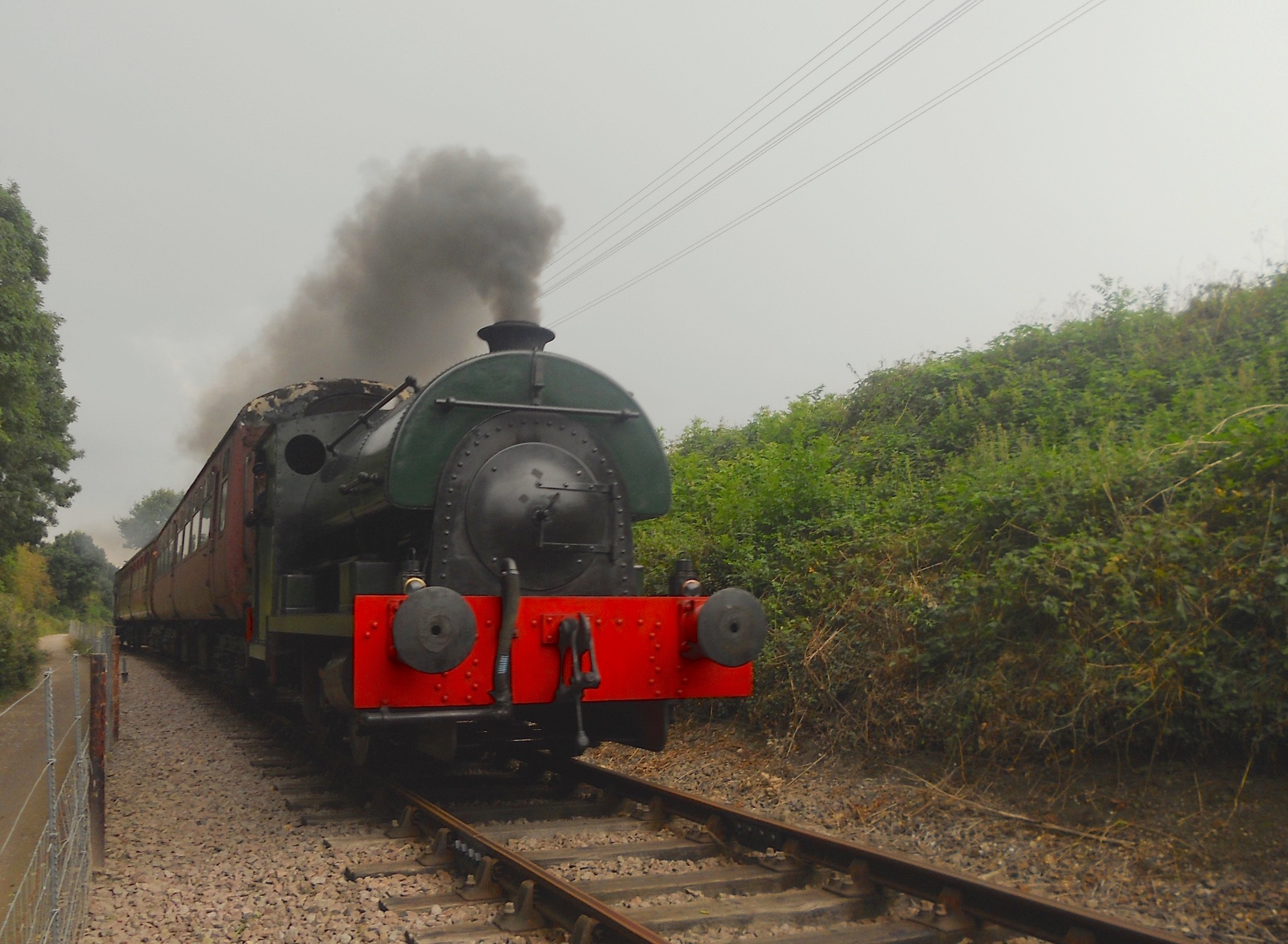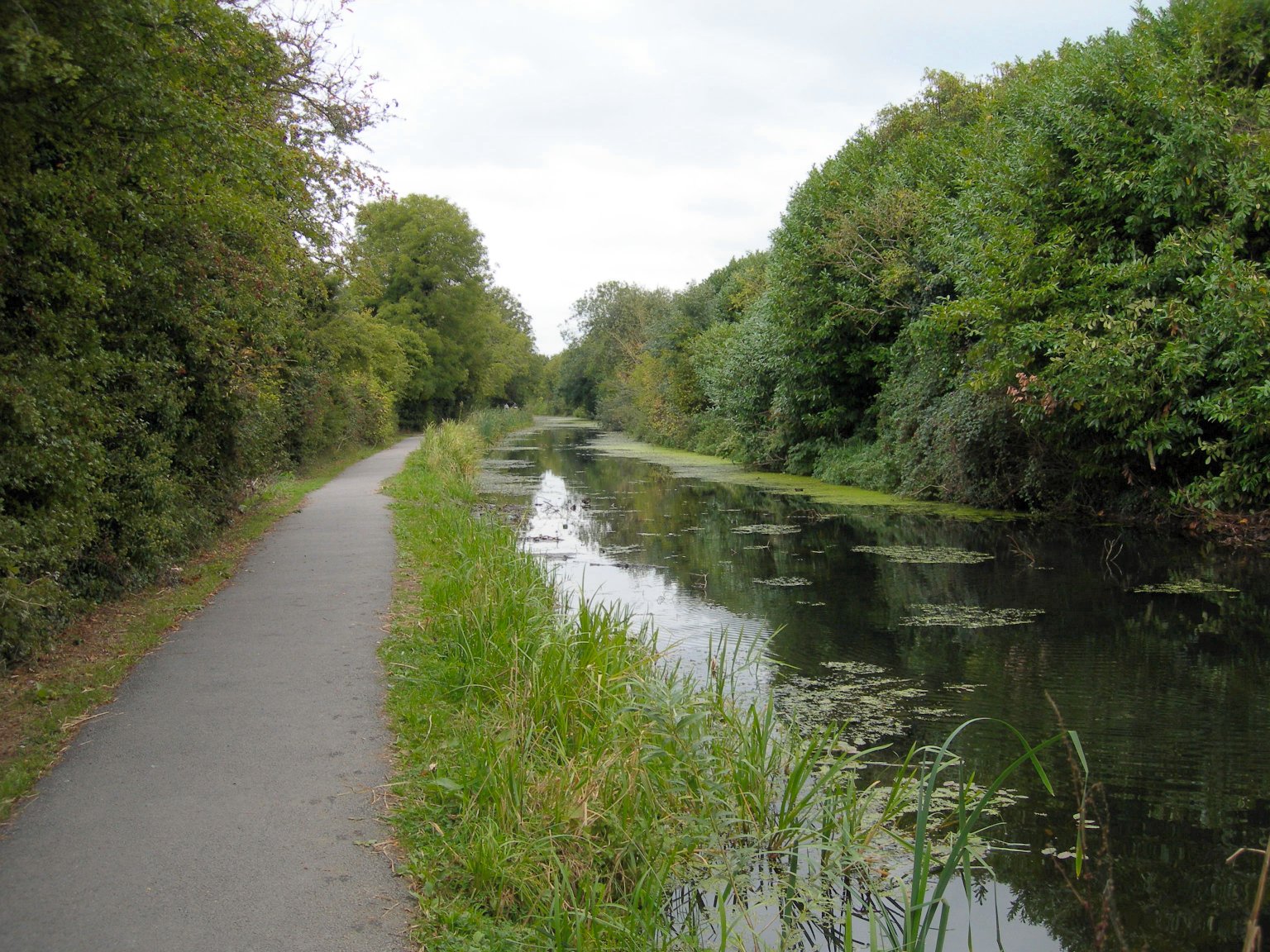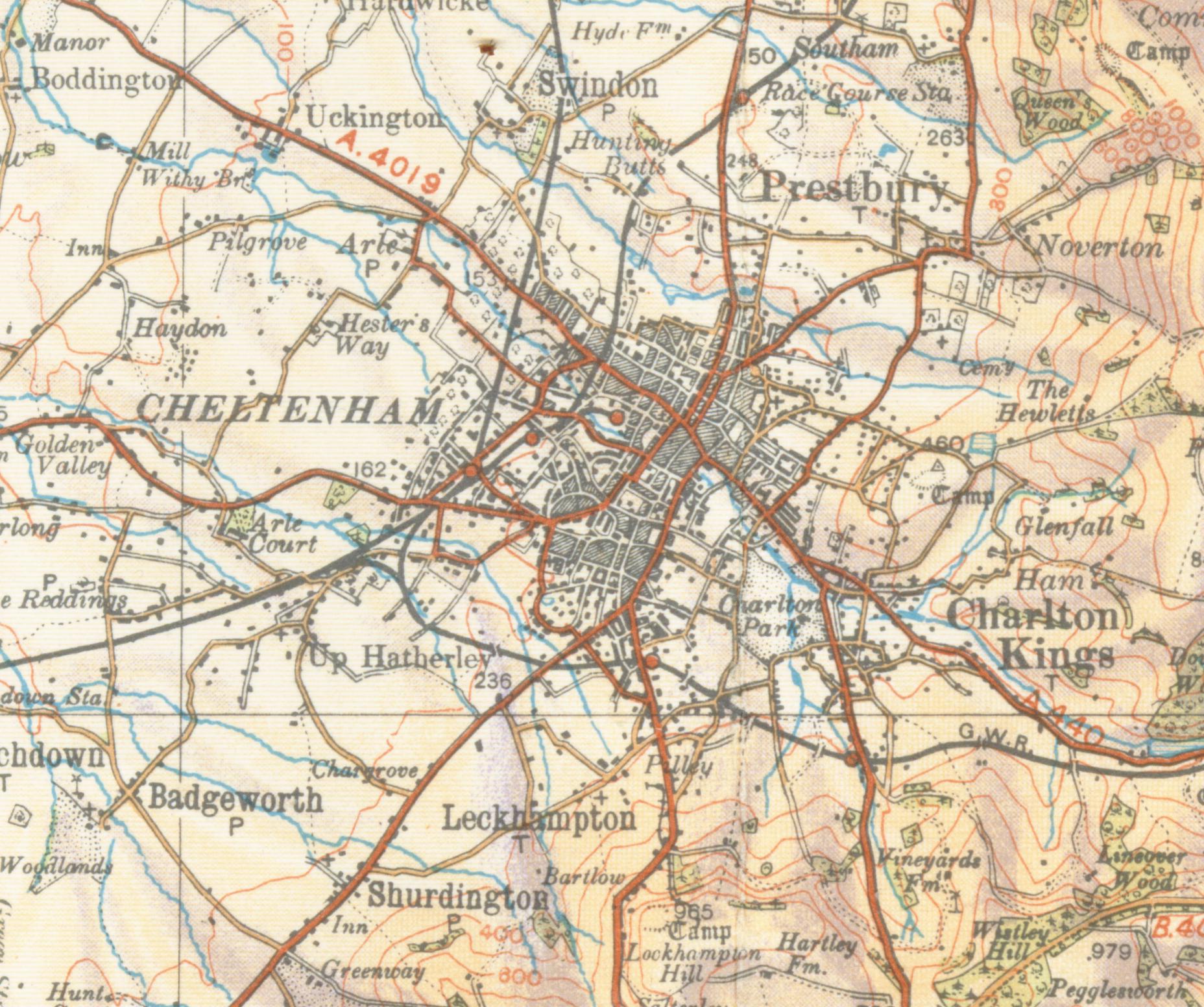|
British Railways Mark 2
The Mark 2 family of railway carriages are British Rail's second design of carriages. They were built by British Rail workshops (from 1969 British Rail Engineering Limited (BREL)) between 1964 and 1975. They were of steel construction. Introduction File:BR Mk2 prototype.jpg, Prototype Mk2 13252 at the Mid-Norfolk Railway in April 2009 File:Mk 2A TSO 5278 'Melisande' at Cheltenham Spa.JPG, Mark 2A Tourist Standard Open (TSO) 5278 "Melisande" at Cheltenham Spa on 18 September 2004 on a charter service to Swindon File:5174 NLR 260108 d.adkins.jpg, Mark 2 coaches 5174, 5132 and 9102 at the Northampton & Lamport Railway on 26 January 2008 File:Mk 2F TSO 6035 at Carlisle.JPG, Arriva Trains Northern Mark 2F TSO 6035 at on 27 August 2004 File:British Rail Mk 2b, Cheriton, 1994.jpg, Mark 2C TSO 5541 at Cheriton in BR blue/grey livery in 1994 The Mark 2 has a semi-integral construction, giving it more strength than a Mark 1 in the event of an accident. A key driver of the changed ... [...More Info...] [...Related Items...] OR: [Wikipedia] [Google] [Baidu] |
Virgin Trains West Coast
Virgin Trains (legal name West Coast Trains Limited) was a train operating company in the United Kingdom owned by Virgin Rail Group, a joint venture between Virgin Group and Stagecoach, which operated the InterCity West Coast franchise from 9 March 1997 to 7 December 2019. The franchise covered long-distance passenger services on the West Coast Main Line between London, the West Midlands, North West England, North Wales and Scotland, consequently connecting six of the UK's largest cities: London, Birmingham, Liverpool, Manchester, Glasgow and Edinburgh, which have a combined metropolitan population of over 18 million. Virgin Trains had around 3,400 employees in 2015. The Virgin Trains brand was also used on the legally and operationally separate Virgin Trains East Coast from 2015 until 2018, and previously on Virgin CrossCountry, which operated between 1997 and 2007, as well as from 2018 to 2020 by Virgin Trains USA in Florida. The contract expired on 7 December ... [...More Info...] [...Related Items...] OR: [Wikipedia] [Google] [Baidu] |
Taiwan Railway EMU100 Series
The Taiwan Railway EMU100 series was a set of rail cars fabricated by British Rail Engineering Limited and the General Electric Company in 1976 that has operated in Taiwan. The alternating current electric multiple unit (EMU) fleet entered full squadron service in 1979, and was withdrawn from service in 2009. This class of railcars were the first to operate on the electric '' Tzu-Chiang Express''. Due to the unit's British origin, rail buffs have variously nicknamed them "British Girl", "British Lady", or "British Grandma" (). Background In the early 1970s, the West Coast Mainline Electrification Scheme was already planned. Taiwan Railways had ordered 13 five-car electric multiple unit sets from England's British Rail Engineering Limited (BREL) and General Electric Company. Identified as the Taiwan Railways EMU100 series, the set included driving power coach 50EP100, motor coach 55EM100, two trailers 40ET100, and driving trailer 40ED100. Based on the British Rail Mark 2 desig ... [...More Info...] [...Related Items...] OR: [Wikipedia] [Google] [Baidu] |
Impact Of The Privatisation Of British Rail
The impact of the privatisation of British Rail has been the subject of much debate, with the stated benefits including improved customer service, and more investment; and stated drawbacks including higher fares, lower punctuality and increased rail subsidies. The privatisation of British Rail began in the 1990s. Development of British rail since privatisation Customer service Passenger satisfaction, according to the National Rail Passenger survey, has risen from 76% in 1999 (when the survey started) to 83% in 2013 and the number of passengers not satisfied with their journey dropped from 10% to 6%. However, the impact of the Hatfield rail accident in 2000 left services seriously affected for many months after. According to a 2013 Eurobarometer poll, satisfaction with rail of UK respondents was the second-highest in the EU, behind Finland. The poll found that average UK satisfaction over four different areas was 78%, ahead of France (74%), Germany (51%) and Italy (39%). ... [...More Info...] [...Related Items...] OR: [Wikipedia] [Google] [Baidu] |
InterCity (British Rail)
InterCity (or, in the earliest days, the hyphenated Inter-City) was introduced by British Rail in 1966 as a brand-name for its long-haul express passenger services (see British Rail brand names for a full history). In 1986 the British Railways Board divided its operations into a number of sectors ( sectorisation). The sector responsible for long-distance express trains assumed the brand-name InterCity, although many routes that were previously operated as InterCity services were assigned to other sectors (e.g. London to King's Lynn services were transferred to the commuter sector Network SouthEast). InterCity brand Etymology InterCity derives from the prepositional of the with ''City'' giving rise to meaning ''between cities''. The Inter-City train British Rail first used the term ''Inter-City'' in 1950 as the name of a train running between London Paddington and Wolverhampton Low Level. This was part of an overall policy of introducing new train names in the post ... [...More Info...] [...Related Items...] OR: [Wikipedia] [Google] [Baidu] |
British Rail Mark 1
British Railways Mark 1 is the family designation for the first standardised designs of railway carriages built by British Railways (BR) from 1951 until 1974, now used only for charter services on the main lines or on preserved railways. Following nationalisation in 1948, BR had continued to build carriages to the designs of the "Big Four" companies (the Great Western, Southern, London, Midland and Scottish and London and North Eastern railways), and the Mark 1 was intended to be the standard carriage design for use across all lines, incorporating the best features of each of the former companies' designs. It was also designed to be much stronger than previous designs, to provide better protection for passengers in the event of a collision or derailment. The Mark 1 coaches were built in two distinct tranches: the early vehicles (1951–1960) and the 'Commonwealth' stock (named from the type of bogie used) from 1961 onwards. Construction The design was used for hauled pass ... [...More Info...] [...Related Items...] OR: [Wikipedia] [Google] [Baidu] |
Rail Blue
The history of British Rail's corporate liveries is quite complex. Although from the mid-1960s to the 1980s the organisation was associated with "Rail Blue", a number of other schemes were also used, especially when it was split into operating units or "sectors" in the mid-1980s. Pre-corporate liveries At the formation of British Railways on 1 January 1948, early diesel and electric locos and the gas turbine locomotives 18000 and 18100 were already painted black with aluminium trim, but by the late 1950s this had been superseded by the same shade of green that was used on express passenger steam locomotives, although some locomotives were painted in a two-tone Brunswick and Sherwood green livery, and Southern Region electric locomotives were painted a light shade of malachite green. Multiple units were also generally green, although this tended to be a lighter and bluer shade compared to the colour used on steam and diesel locomotives. Corridor coaching stock was originally ... [...More Info...] [...Related Items...] OR: [Wikipedia] [Google] [Baidu] |
Cheriton Shuttle Terminal
The Eurotunnel Folkestone Terminal (also known as the Victor Hugo Terminal) is a railway terminal built for the transport of road-going vehicles on specially constructed trains through the Channel Tunnel. The terminal is one of two, with the Eurotunnel Calais Terminal located at Coquelles, near Calais. History As part of the Channel Tunnel project, the plan for services included the use of dedicated shuttle trains that would carry both passenger and freight vehicles between Britain and France, which would compete with the cross-channel ferries. In order to accommodate these services, it was planned to build a brand new vehicle terminal on each side of the tunnel that would allow cars and lorries to be loaded quickly onto the trains. The site chosen for the British terminal was Cheriton, in Folkestone, Kent, not far from the British tunnel portal. The site eventually came to nearly in area, which was considerably smaller than the French terminal. It is bordered by both Cherito ... [...More Info...] [...Related Items...] OR: [Wikipedia] [Google] [Baidu] |
Arriva Trains Northern
Arriva Trains Northern was a train operating company in England owned by Arriva that operated the Regional Railways North East franchise from March 1997 until December 2004. Arriva resumed operating Northern train services again on 1 April 2016 under the Northern brand but ceased again on 29 February 2020. History As part of the privatisation of British Rail, the Regional Railways North East franchise was awarded by the Director of Passenger Rail Franchising to MTL after it won the contest from a field of Connex, FirstBus, Grand Central, a management/ Via-GTI consortium, National Express, Prism Rail and Stagecoach. The franchise commenced on 2 March 1997. In May 1998, the franchise was rebranded as Northern Spirit with a livery of turquoise with a lime green stylised italic ''N'' across the midsection introduced. At the same time, the long distance regional services connecting Sunderland, Newcastle, Scarborough and Hull with Manchester, Liverpool and Blackpool were ... [...More Info...] [...Related Items...] OR: [Wikipedia] [Google] [Baidu] |
Northampton & Lamport Railway
The Northampton and Lamport Railway is a standard gauge heritage railway in Northamptonshire, England. It is based at Pitsford and Brampton station, near the villages of Pitsford and Chapel Brampton, roughly north of Northampton. Overview The line between Northampton and Market Harborough was finally closed (by British Rail) on 16 August 1981, the intermediate stations on the route having been closed for many years. In 1984 (just three years after the line's closure), a group was formed by Michael William Papworth (of Northampton) with the intention of re-opening a section of the line as a heritage railway. The site opened to the public shortly afterwards. Following the granting of a Light Railway Order, the line carried its first fare-paying passengers in November 1995. The official Grand Opening Ceremony took place (just 4 months later) on 31 March 1996. Currently, passenger trains operate on a section of line approximately in length, departing from and arriving at the ... [...More Info...] [...Related Items...] OR: [Wikipedia] [Google] [Baidu] |
Swindon
Swindon () is a town and unitary authority with borough status in Wiltshire, England. As of the 2021 Census, the population of Swindon was 201,669, making it the largest town in the county. The Swindon unitary authority area had a population of 233,410 as of 2021. Located in South West England, the town lies between Bristol, 35 miles (56 kilometres) to its west, and Reading, equidistant to its east. Recorded in the 1086 Domesday Book as ''Suindune'', it was a small market town until the mid-19th century, when it was selected as the principal site for the Great Western Railway's repair and maintenance works, leading to a marked increase in its population. The new town constructed for the railway workers produced forward-looking amenities such as the UK’s first lending library and a ‘cradle-to-grave' health care centre that was later used as a blueprint for the NHS. After the Second World War, the town expanded dramatically again, as industry and people moved out f ... [...More Info...] [...Related Items...] OR: [Wikipedia] [Google] [Baidu] |
Cheltenham Spa
Cheltenham (), also known as Cheltenham Spa, is a spa town and borough on the edge of the Cotswolds in the county of Gloucestershire, England. Cheltenham became known as a health and holiday spa town resort, following the discovery of mineral springs in 1716, and claims to be the most complete Regency town in Britain. The town hosts several festivals of culture, often featuring nationally and internationally famous contributors and attendees; they include the Cheltenham Literature Festival, the Cheltenham Jazz Festival, the Cheltenham Science Festival, the Cheltenham Music Festival, the Cheltenham Cricket Festival and the Cheltenham Food & Drink Festival. In steeplechase horse racing, the Gold Cup is the main event of the Cheltenham Festival, held every March. History Cheltenham stands on the small River Chelt, which rises nearby at Dowdeswell and runs through the town on its way to the Severn. It was first recorded in 803, as ''Celtan hom''; the meaning has not been resolved ... [...More Info...] [...Related Items...] OR: [Wikipedia] [Google] [Baidu] |
Tourist Standard Open
Tourist Second Open or Tourist Standard Open, abbreviated to TSO, is a type of British Railways coach. The designation "Tourist" was originally as opposed to a normal SO ( Second Open) coach. Both types have the same number of seating bays per coach, but the TSO has four seats across, arranged 2+2 either side of a central aisle, while an SO has 3 seats across, arranged 2+1 with an offset aisle. Both offer the same legroom, but there is slightly less width per passenger in a TSO. Even though the designations would appear to suggest that the SO was the standard type and the TSO a variant, in reality the TSO has been the default design of open coach on British Railways since the dawn of the Mark 1 era, built in large numbers, with comparatively few SO vehicles constructed, mainly for use as Third/Second/Standard class restaurant cars. In 1987, British Rail changed the title to Tourist Standard Open, when "Second Class" became "Standard Class" across the network. The TSO designat ... [...More Info...] [...Related Items...] OR: [Wikipedia] [Google] [Baidu] |
_-_geograph.org.uk_-_626601.jpg)








